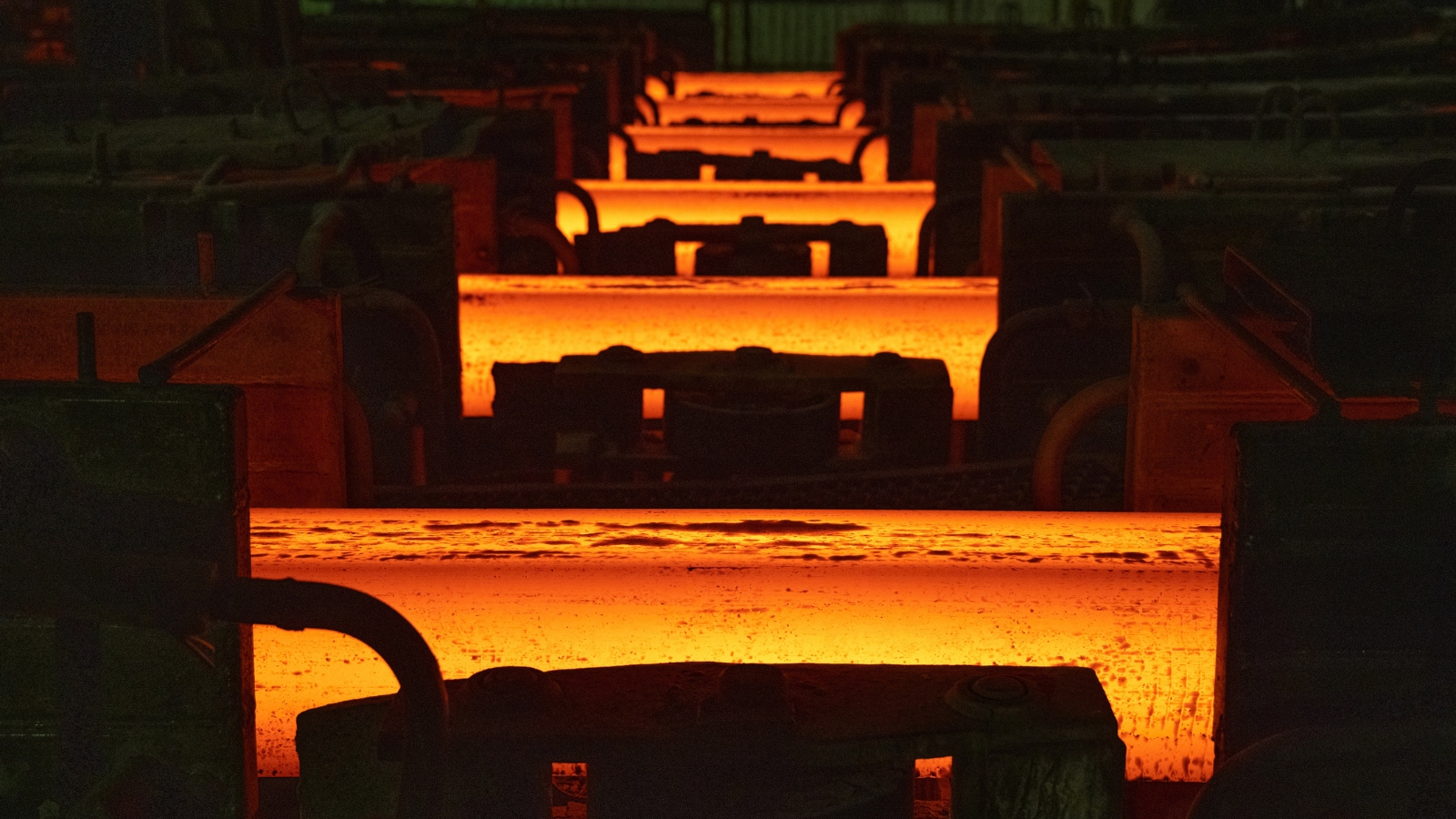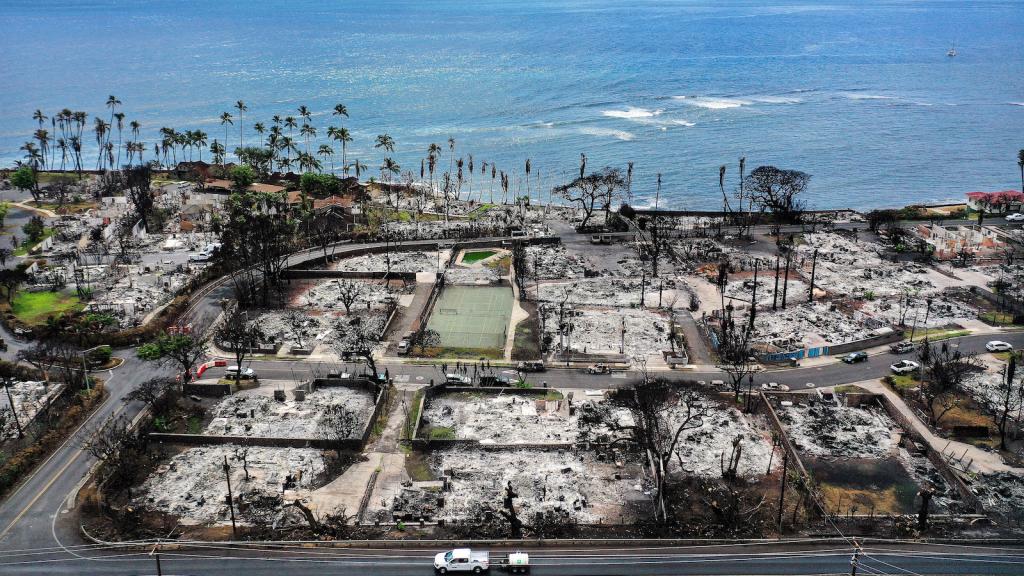In early March, a small group of Democratic senators from the Rust Belt sent President Joe Biden an urgent letter. They began by extolling the benefits of two of the Biden administration’s biggest achievements, the bipartisan infrastructure law and the Inflation Reduction Act, calling them “historic investments in our nation’s infrastructure” that will ring in a brighter future for American manufacturing. But there was something, they cautioned, that threatened to hamper this progress: the Environmental Protection Agency’s planned regulations for integrated iron and steel mills, proposed last July and nearing a court-ordered deadline.
“We are concerned that the EPA’s proposed integrated steel rules will do what foreign competitors have thus far been unable to do: deter and diminish continued American investment in improving our steel industry,” wrote the five senators, among them Joe Manchin of West Virginia and John Fetterman of Pennsylvania. They claimed the regulations would cost companies billions, enough to force widespread layoffs, despite the EPA’s estimate of $7.1 million in costs for the two companies, U.S. Steel and Cleveland-Cliffs, that own all 10 of the country’s steel mills.
Shortly after the senators sent off the letter, the EPA unveiled its final rule, the first time the agency has ever attempted to cut emissions from leaks and equipment malfunctions at steel mills. The EPA expects the new regulations will cut particle pollution by 473 tons every year. But the final rule is weaker than the one it proposed in 2023. Whereas the agency had originally planned to slash steel mills’ toxic emissions by 79 tons per year, a 15 percent decrease overall, the final version is expected to cut emissions by 64 tons each year. The EPA also dropped a proposed limit on the thickness of the smoke emanating from mills’ doors and roof vents.
Jim Pew, a senior attorney at Earthjustice who has litigated multiple lawsuits against the agency for its failure to curb steel mill pollution, told Grist that the regulations will have “real benefits” for the people living in the shadows of the country’s most polluting steel mills, but lamented the safeguards that were removed.
“It’s a small step in the right direction,” he said, noting that the EPA had furnished the final rule with a standard to regulate a type of incinerator used by some highly polluting mills. “The steel companies mounted a real disinformation campaign about the cost of the rule that I think put pressure on EPA to take out some provisions that would have been beneficial.”

The new rule gives the country’s steel companies two years to update their facilities with the requisite emission reduction equipment and workplace standards. In an email, an EPA spokesperson said the agency had “carefully considered the stakeholder feedback and made data-driven modifications in the final rule that provide needed flexibility, while also providing health protections for surrounding communities.”
The senators’ letter represents a rare occasion of congressional involvement in the EPA’s rulemaking process, a yearslong endeavor that requires extensive data collection and engineering expertise. The agency’s air pollution regulations, while undergirded by science and riddled with industrial jargon, have major consequences for communities that host the country’s industrial infrastructure, determining the quantities of toxic chemicals that companies can emit — and that residents can inhale.
Steel production is a highly polluting enterprise involving heating coal above 2,000 degrees Fahrenheit to produce a product known as coke, which is then combined with iron ore in a blast furnace and melted down into liquid steel. The broiling heat releases a slew of toxic heavy metals such as lead and arsenic, as well as fine particulate matter that can accumulate in the lungs after prolonged exposure. Numerous studies have linked pollution from steel mills to impaired heart and lung function.
Ninety percent of the steel industry’s emissions originate from four mills that dot the rim of Lake Michigan near the border between Illinois and Indiana. Once bustling hubs for manufacturing, towns like Gary, Indiana, sank into decline over the latter half of the 20th century when manufacturing jobs were shipped overseas. Today, the steel mills that emit black smoke into the air of the area’s overwhelmingly low-income and Black communities are holdouts from this era, symbols of a prosperous past that politicians on both sides of the aisle seem eager to protect.
The first effort by members of Congress to convince the EPA to change its course came last December. A group of eight senators, including Democrat Amy Klobuchar of Minnesota as well as Republicans Mike Braun and Todd Young of Indiana, sent a letter to the EPA’s administrator, Michael Regan, arguing that the agency’s proposed regulations would harm national security by making the domestic steel industry — the “world’s cleanest major producer of steel” — uncompetitive.
“We support reducing harmful air pollution,” they wrote. “We also support rules that are durable, realistic,” and based on the view that the federal government should “improve public health while protecting good-paying jobs and supporting industries essential to our national and economic security. These rules fail to meet those standards.” The senators did not specify which provisions in the proposed rule would have these effects. The letter in March from Manchin and the other Democrats brought even stronger warnings. “If these rules are promulgated as proposed, Cleveland-Cliffs and U.S. Steel may be left with no choice but to prematurely shutter mills, resulting in job losses and irreparable harm to their local communities,” the senators argued.

In its final rule, the EPA estimated that the total costs to the steel industry would total $7.1 million, an amount that would cover the installation of air monitors to measure chromium pollution around the perimeter of facilities and the implementation of new workplace practices to reduce leaks from previously unregulated emission sources. But in a press release supporting the senators’ claim of costs running into the billions, Cleveland-Cliffs CEO Lourenco Goncalves argued that the rule would “put at risk good-paying, middle-class union jobs in the steel industry.” In 2023, U.S. Steel and Cleveland-Cliffs reported sales of $18 billion and $21 billion, respectively.
Pew, the Earthjustice attorney, said concerns that the new rules will wreak havoc across the industry are unfounded. “The cost claims were so shocking to us, because EPA routinely overstates the cost of its rules,” Pew said, citing a study in 2020 from the National Association of Clean Air Agencies. “They’re saying that not only did EPA understate the cost of these rules, but that it understated them by orders of magnitude.”
After taking note of the senators’ efforts to gut the steel mill regulations, Bruce Buckheit, the former director of the EPA’s air enforcement division, decided to send Regan a letter on behalf of Earthjustice in February. He dissected the contents of the new rule, arguing that its impacts would be “straightforward” and meet the minimum pollution reductions required by the federal Clean Air Act. “I’ve seen nothing in the rulemaking record for these proposals that supports the cost claims in the senators’ letter,” he wrote. The total capital expenditures, he concluded, would be minuscule compared with U.S. Steel’s and Cleveland-Cliffs’ revenues.
“I believe it is important to push back against such overblown industry claims, lest that narrative drive public opinion and agency policy,” Buckheit wrote.
Editor’s note: Earthjustice is an advertiser with Grist. Advertisers have no role in Grist’s editorial decisions.



